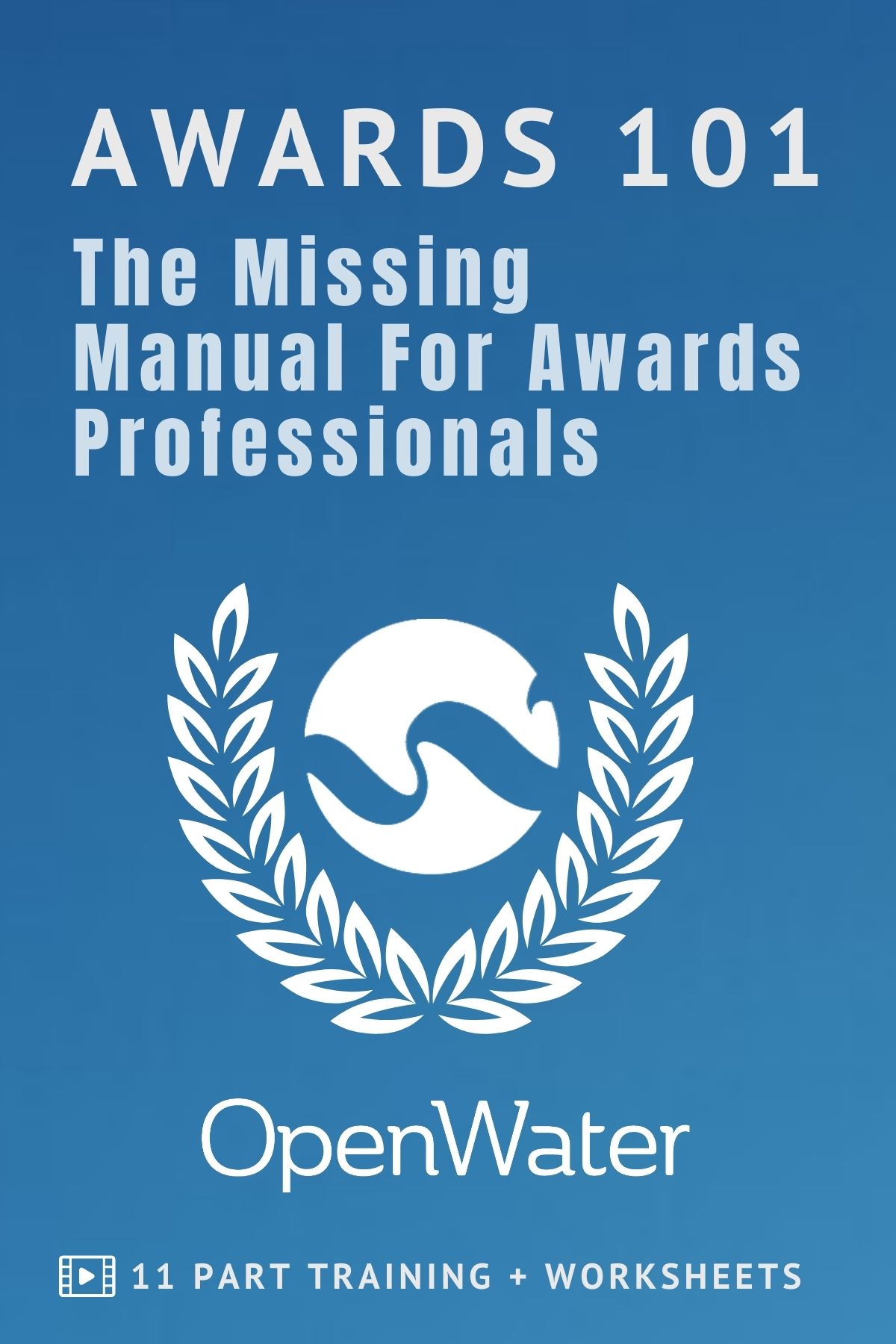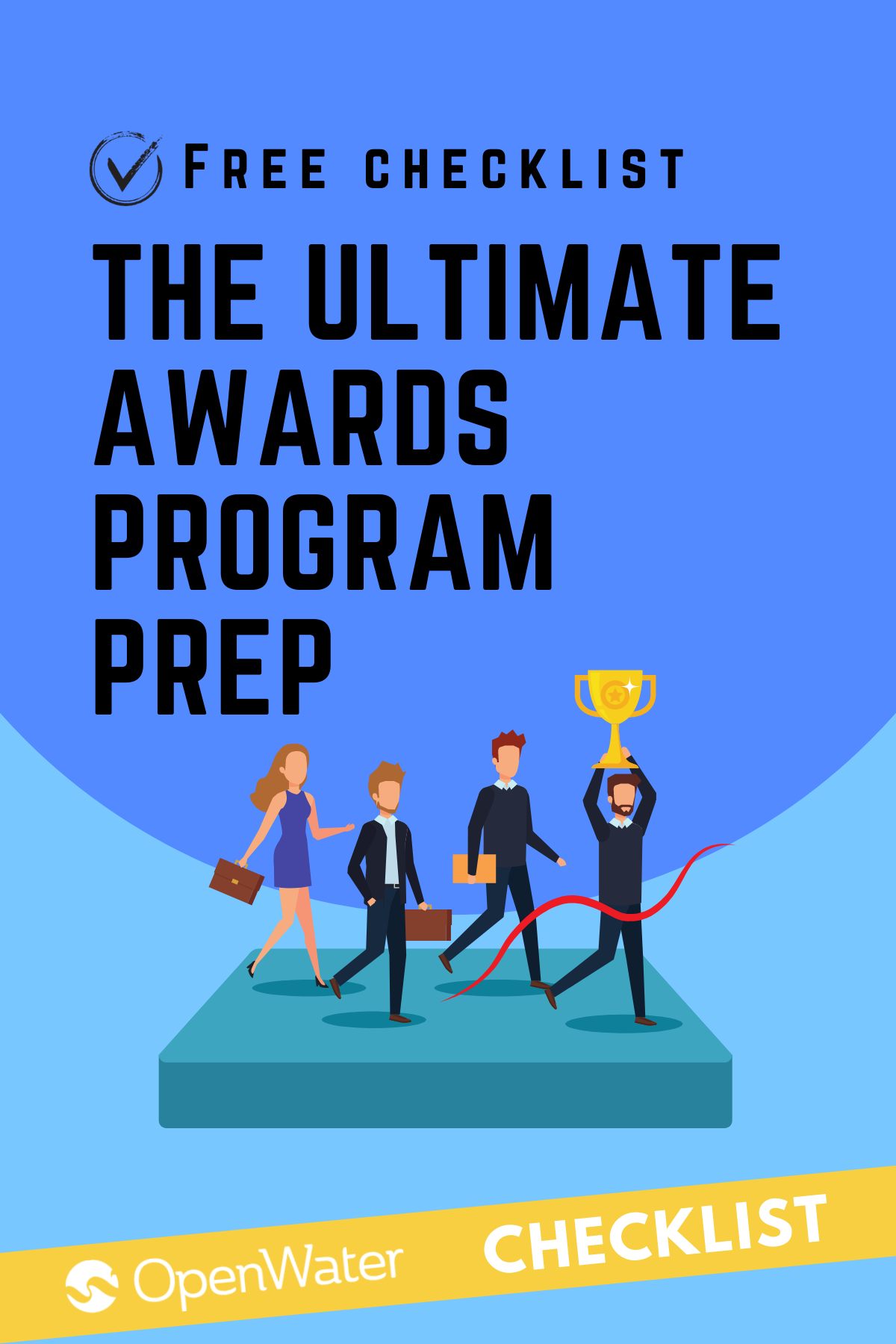
Planning a Successful Call for Abstracts
There’s a lot to juggle while planning your association’s upcoming abstracts conference or annual meeting. The last thing you want is for your call for abstracts to gum up the works while you’re busy balancing the schedule, booking space, choosing vendors, and recruiting attendees.
Three things have the most impact on the overall success of your call for conference proposals or paper abstracts:
- What you write
- Where you send it out
- The technology you use
Here are some tips that address all three as you plan your successful call for abstracts.
Writing For Success
Your first touchpoint with a prospect will likely be in an email. After all, more than half of the U.S. population checks their personal email accounts 10+ times a day, and it’s our preferred channel to interact with marketing messages. That first email has to cover all the bases, including:
- A Strong Subject Line: Busy professional speakers are less likely to click “call for abstracts” than a title that says something unique about your event.
- The Who, What, When, and Where: Who’s organizing the conference? What is it about? When and where will it take place? Easily scannable headers help readers find what they need and remember the details. Don’t forget a timeline of dates for proposal deadlines, acceptance notifications, and final paper submissions.
- Simple Guidelines for Submission: Prominent deadlines are a must, but also include a list of topics and formats to choose from (oral, paper, workshops, panels, etc.) with concise instructions on how to submit for each (word limits, file formats, and a link to your submission form).
- One Point of Contact: It only adds a layer of stress and confusion if author inquiries end up in multiple inboxes. A single email address of a central contact person solves this.
Highlights on known guest lecturers, special social events, or high profile invited speakers also boost your chances of enticing new presenters to submit abstracts. This can be a lot to cram into one email, though, so don’t be afraid to link readers back to your website for a complete rundown of the details and guidelines.
Spreading the Word About Your Call for Abstracts
There are plenty of ways to get your call for abstracts into the right hands, and a combined approach will make it easier to reach every facet of your audience.
- Email Lists: The contact list in your CRM (of past presenters) is a great place to start. It’s important to include a link to unsubscribe, so the list stays clean and effective.
- Your Website and Blog: Banners and images can attract attention to your event page with the call for abstracts. Blog articles are also a perfect place to link to your abstract submission form.
- Social Accounts: Twitter, LinkedIn, and Facebook Events pages are perfect for inspiring hype and engagement. Post relevant info with a link to your call for papers.
- This Year’s Event: It’s never too soon to get folks ready for next year. Handouts, signs, and announcements this year can prime the pumps for the following year’s call for abstracts.
- Conference Directories: The research community uses plenty of websites that gather calls for abstracts. Here are a few examples to try:
Harnessing Technology
An all-in-one abstract management system, like OpenWater, can streamline your call for abstracts and handle every aspect of abstract collection, review, and communication. For example, OpenWater’s abstract software gives you:
- Built-in Email: You can blast out your call for papers straight from your abstract management software, right where submissions will be gathered, reviewed, sorted, and approved.
- API Integrations: OpenWater makes your life easier by integrating a robust range of critical software you already use, such as CRMs like MailChimp, HubSpot, or Salesforce.
- Fully Customizable Submission Forms: The abstract submission form can be as straightforward or comprehensive as you need it to be—5 boxes or 5 pages.
It’s much easier to make your call for papers a success when technology keeps everything organized in one centralized platform. OpenWater handles the whole process, end-to-end, so you have more time to plan the rest of the event.


